Acclimating Discus to a New Aquarium
Welcome your new discus home! You’ll want to carefully acclimate them to their new aquarium.
Snowflake Discus with Other Discus Varieties
WHY SHOULD I ACCLIMATE MY NEW DISCUS?
Acclimating your discus is crucial for your new discus’ health. If you don’t correctly acclimate your new discus, it might get sick or die.
SHOULD I QUARANTINE MY NEW DISCUS?
Quarantine your new fish for two to four weeks before bringing it into your discus tank. Doing so will allow you to observe the fish and make sure that it doesn’t have any diseases. If the fish does have a sickness, you can treat it before putting it around the fish in your other tank. Treating your discus in a smaller, quarantined tank is far easier than treating your discus in a larger aquarium.
Quarantine Tank with Wild Brazilian Heckels
Though the quarantine method is often helpful, it is not absolutely necessary. If you want, you can skip the quarantining step and put your new fish in a tank with other fish. However, if you choose this route, be absolutely sure that your new fish is healthy first. Also, closely monitor your new fish during the first few weeks to make sure it’s healthy. Keep in mind that, if you don’t quarantine you fish, you risk infecting your other fish. For that reason, we strongly recommend quarantining first.
HOW SHOULD I ADJUST MY TANK’S WATER?
If you’re using an aquarium that has not held discus before, use a water quality test kit to measure its quantities of nitrates, nitrites, and ammonia. To make your tank comfortable and healthy for your new discus, you’ll want nitrites and ammonia to be at levels of zero, and little to no nitrates in your aquarium. Additionally, lower your tank’s temperature to 80 degrees Fahrenheit and adjust its pH to 6.5.
Discus with Venezuelan Altums
When you receive your new discus, open its bag and measure its water’s temperature and acidity. If the pH of your new fish’s bag is too high or too low, then adjust your aquarium water to the pH of the bagged water. If the bag’s water has a lower temperature than your aquarium’s water, float the bags in a container with warm water (about 90 degrees Fahrenheit) for ten minutes. Once the bags have warmed, you can open the bags and pour the water with the discus into a net over an empty container or sink. Then, using the net, place your new discus into your aquarium.
After you have placed the discus into your aquarium, raise the temperature of your aquarium’s heater to eighty-two degrees. Turn off any aquarium lights and keep your tank dark for the rest of the day. Do not feed the discus any food until the next day.
The next morning, bring your aquarium to its normal temperature, turn on your aquarium lights as normal, and feed your fish as normal. Closely monitor your new fish.
HOW DO I USE THE BUCKET METHOD?
The bucket method is another easy option you can use to acclimate your discus. It will help your discus to easily adjust to your tank’s water chemistry. Place your new discus and its water into a bucket. Then, use a spare heater and set it to your aquarium’s temperature. Transfer an entire cup of tank water into the bucket. Ten minutes later, add another full cup. Continue adding water after ten minute intervals until the bucket is about half full, and then stop adding the water. Now you have two options. You can pour the bucket’s fish and water into your tank, or you can use a net to scoop your fish out of the bucket.
Following these suggestions, you’ll acclimate your discus well in its new home. Be sure to check out the rest of our Learning Center, which abounds with related articles!
QUESTIONS
- Why is it so important that you acclimate your new discus to its new home?
- What species of discus are you interested in bringing to your aquarium?
- How many discus would you like to own?
- Have you acclimated discus to your aquarium before?
- What can you do to ensure that your discus acclimates well to its new home?

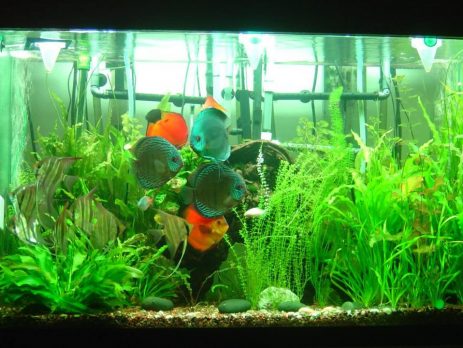

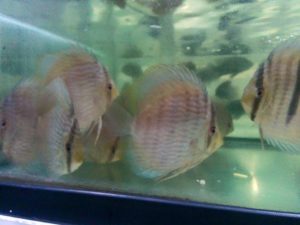

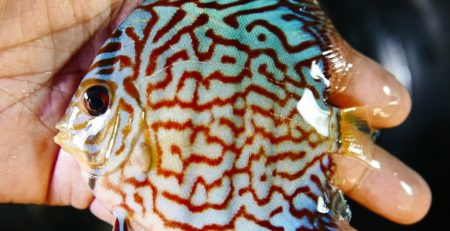
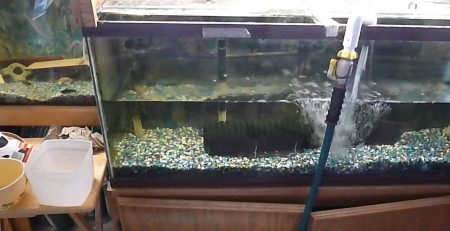
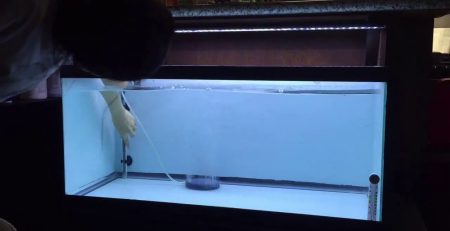
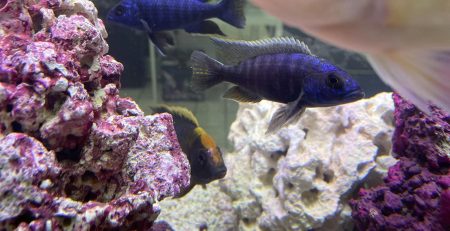
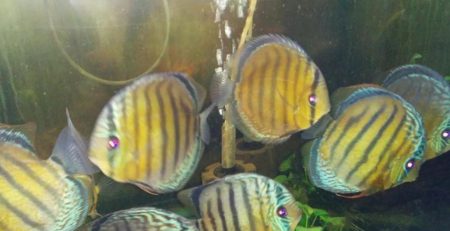
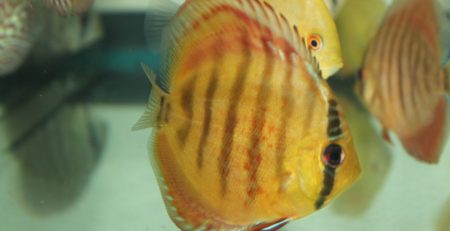


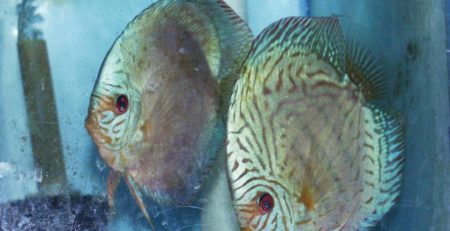
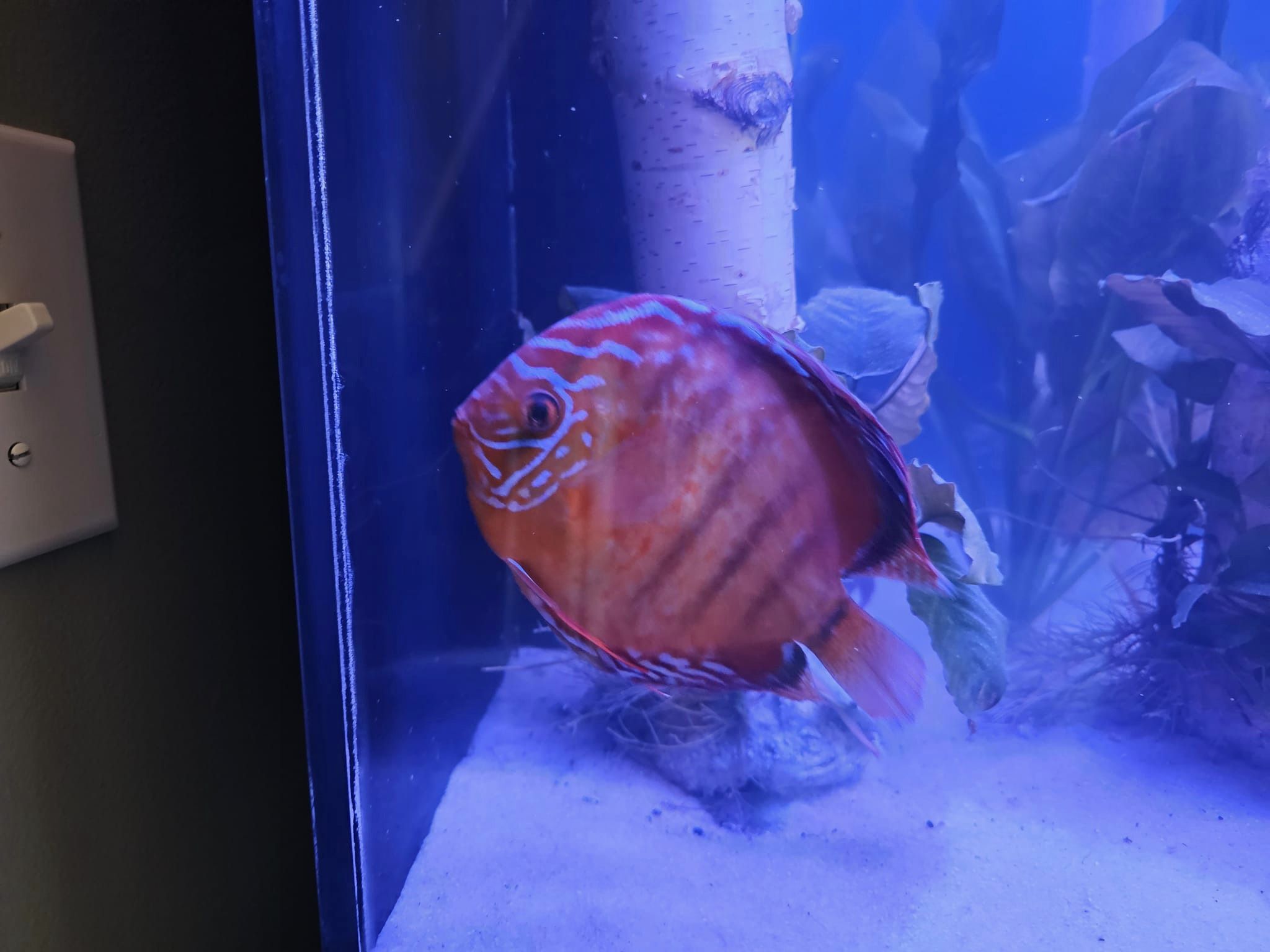
Leave a Reply
You must be logged in to post a comment.